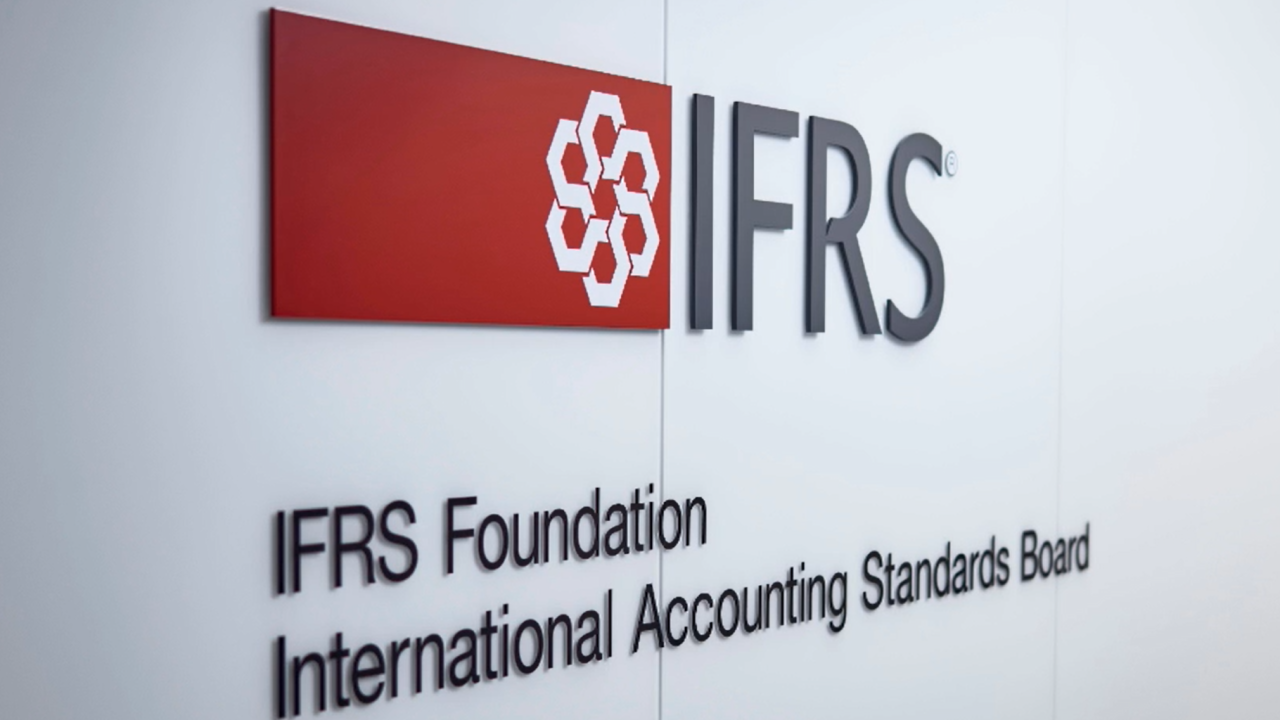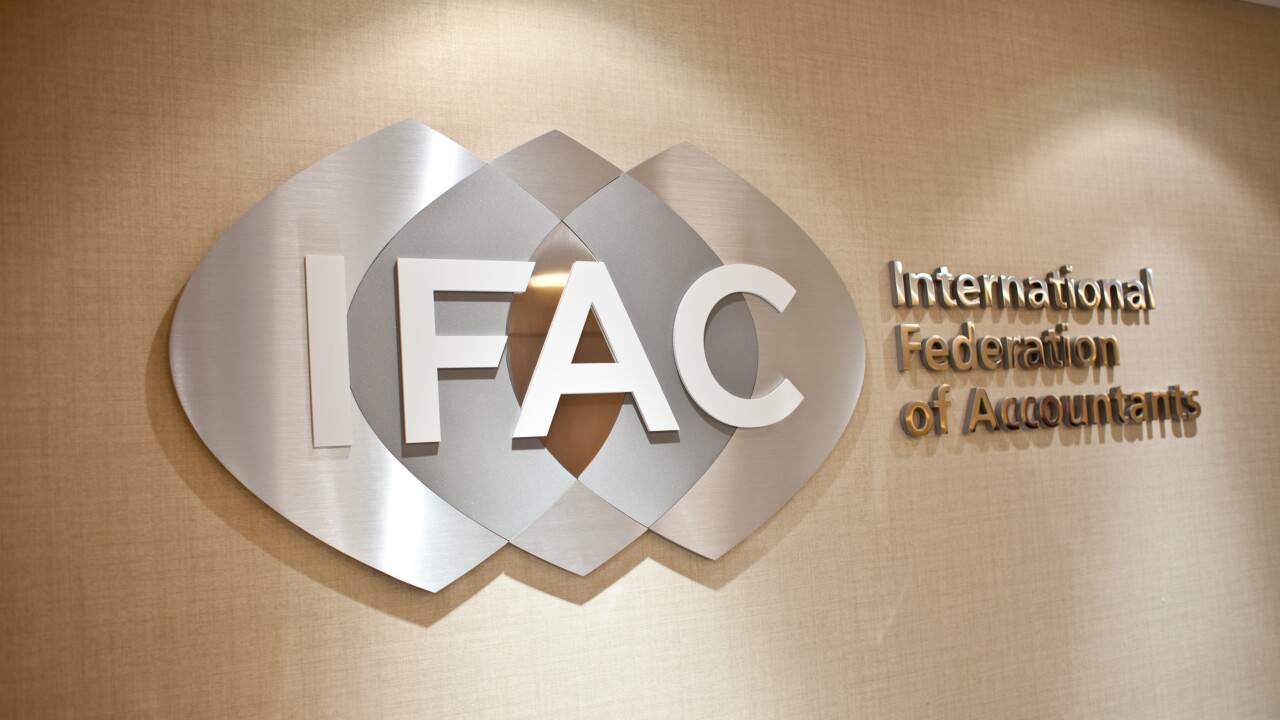Profound changes in the accounting profession began in 1977 with the Bates decision, and were subsequently accelerated by technology, by regulation and, most profoundly, by the new competitive environment and the measures taken by accounting firms to compete with one another.At the same time, these factors dramatically altered the nature of the clients served by accounting firms. How does a contemporary accounting firm function in this new environment? And what do today's clients really want?
Of all the overwhelming forces that have changed the accounting profession, particularly since the 1977 Bates decision (Bates v. State Bar of Arizona) - which struck down the Canons of Ethics that prohibited lawyers from advertising - none has been more significant than the rapidly evolving nature of the client now served by the profession.
Even though the technical structures of accounting principles may be essentially unchanged, professionals of the last generation would be hard put to recognize, much less accept, much of today's professional relationship with clients.
The profession has long maintained a measure of distance between the professional and the client. It has traditionally been built upon the urgent needs of a clientele that demanded the services, experience and independence of the professional. No one, after all, wakes up in the morning and decides, "What I really need today is a good audit."
Accounting services, for the most part, have been responsive to the demands of government and financial institutions, and the dictates of management practice, none of which tend to be elective. Thus, the natural tendency of the professional has been to adhere to a concept of professionalism that defines the firm as a somewhat exalted entity serving the public from above the fray.
Then came Bates, and slowly, subtly, the world of the professional began to change. Entering into the mix was the unfamiliar word "competition." Bates said, essentially, "Now I can go after your clients, and you can go after mine," a concept traditionally inimical to the professions, but real nevertheless. The roots of change in the profession now lie in the concept of competition.
Naturally, a subtle form of competition has always been a part of the profession. But the broader skills and mechanics of competition, or frank marketing, were new to the accountant. Ask professionals of that era how they grew the practice and the answer was usually, "Quality performance," as if the client could readily distinguish the differences between one firm and another. If the word "marketing" was ever used in the early days, it was usually something called "networking." The traditional tools and skills of marketing were not only unfamiliar to accountants - they were looked upon with disdain.
At the same time, in the last quarter of the last century, the economic world was changing as well. Globalization began to take hold. New systems and vehicles for capitalization emerged. Technology was rapidly changing the way in which commerce was conducted. Technology brought new concepts of real-time performance, altering a vast array of business practices, from inventory control to financial control and reporting, and by the ability to record instant changes in financial performance. These business factors demanded new skills from the accountant.
The newfound ability to use the tools of marketing to compete, while at first uncomfortable for accountants, gradually became familiar and acceptable. But the discovery that the best practices of marketing - the best competitive devices - were those that were most responsive to the needs of the client was slow in coming.
The old concept of, "These are my services, take it or leave it," had become, "Tell me what best helps your business, and within professional boundaries, I'll serve your needs." Or, "I've developed a new service that, within the confines of ethical practice, can be helpful in addressing your problem."
The practices of marketing shifted the locus of the practice from the profession and the firm to the client. Where once the firm and the profession were at the core of the practice, the successful professional was now the one who recognized that for the firm of the future, the client was now at the core of the practice.
What actually happened was that the profession gradually learned that marketing a profession was different from marketing a product. As the focus changed to the needs of the clients and away from the cult of the professional, the nature of the client-professional relationship changed. Where the process was done well, the firm served the client better, the client began to understand how to better use the services of the professional and to demand greater service, and the relationship between client and accountant both changed and improved.
As the noted consultant Patrick McKenna said in his foreword to our book, Client at the Core, "In [marketing's] first iteration, throughout the 1970s and into the early 1980s, a competent group of professionals needed only to find ways to let prospective clients know of the availability of their firm. Back then we didn't call it marketing, nor did we dare to ever mention the term sales, lest someone think us overly commercial, rather than considering us esteemed professionals. Indeed, we referred to ... marketing as 'practice development,' but only in hushed tones and never in front of the client."
"In many cases, there was a great mystique attached to what a true professional actually did," he wrote. "A realization eventually dawned on some practitioners and firms that they needed to educate prospective clients on how and when to use their firm's services. In these early days, the emphasis was on gaining a competitive advantage by simply letting people know more about you and your firm. Not a bad argument, given that most firms had never even developed a brochure to outline for clients what services the firm provided."
As the need to compete, and to meet the demands of the changing clientele, became more urgent, there grew a need to better understand what, indeed, do clients really need and want?
August J. Aquila is chief executive of Aquila Global Advisors (www.aquilaadvisors.com), a full-service consulting firm specializing in strategic and partnership issues and mergers and acquisitions. Bruce W. Marcus is the editor of The Marcus Letter on Professional Services Marketing (www.marcusletter.com), and the author of four books on marketing professional services. This article is adapted from their book, Client at the Core (Wiley, 2004).





